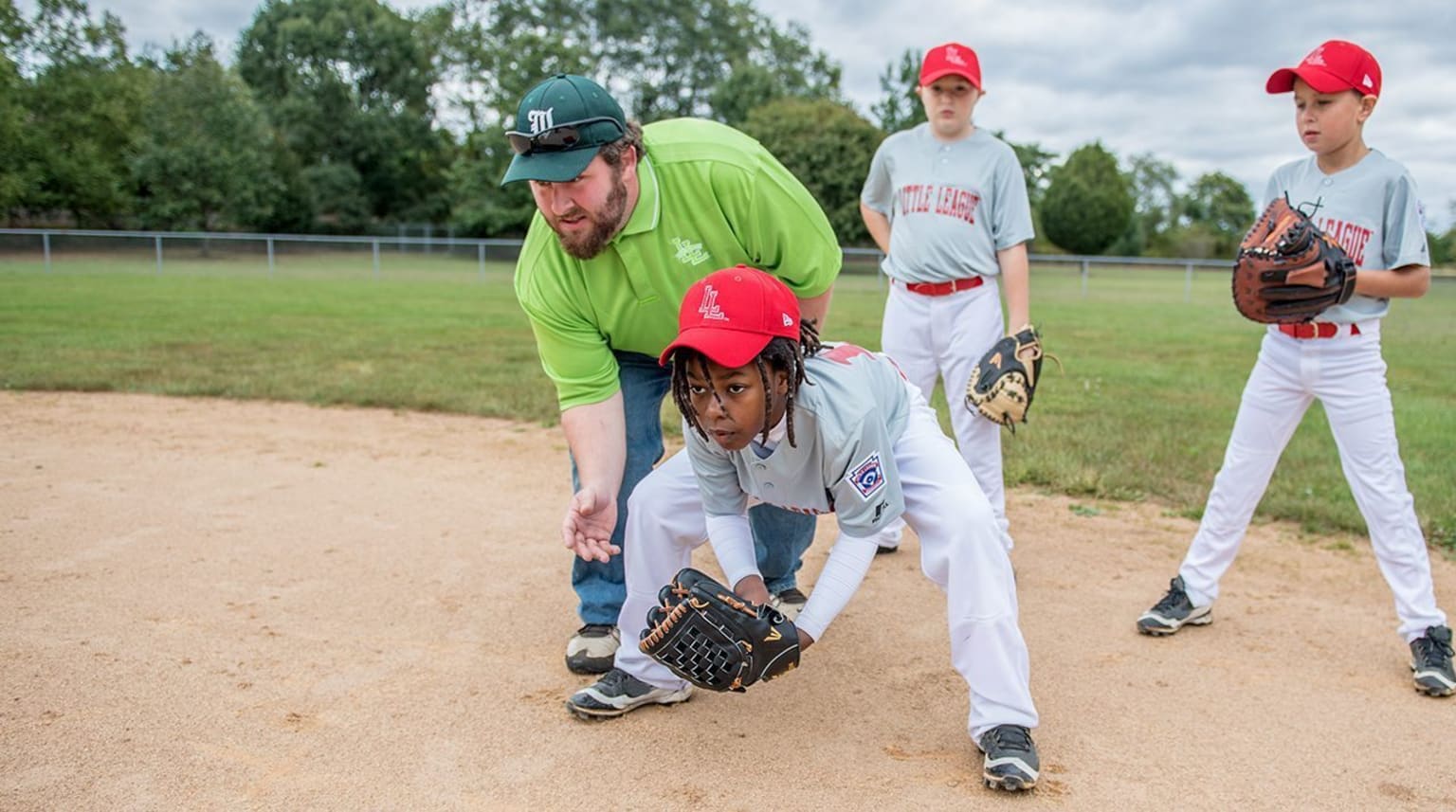Team Drills Are Beneficial at Any Age

Making team drills a part of practice serves a number of purposes. For younger players, it helps them stay active and prevents boredom. For older players, it’s a great way to keep their competitive juices flowing by creating simulated game situations.
Drills also help coaches identify a player’s strengths and weaknesses, said Peter Caliendo, former USA Baseball national team coach. He says coaches should do their research on each player’s ability and skill level to determine which drills will make the whole team successful.
Creativity Makes Practice Fun
It’s also important to strike a good balance between fun and competition with every drill.
“Even with young players, if you’re doing a drill, you want to try and have some kind of competition in it,” said Mr. Caliendo, who has been associated with USA Baseball for more than 30 years. “Baseball is a slow game, and practice sometimes isn’t as fun, but drills allow you to keep the practice fun.”
Set Goals for Each Practice
Mr. Caliendo advises setting goals to liven up drills. Have players see how many targets they can hit off a tee, or put a hat on the ground and have each player try to throw the ball and hit the hat first. It’s a fun way to play catch and work on fielding.
Using a stopwatch is another way to keep drills exciting and competitive. Mr. Caliendo recommends having one team of infielders throw the ball around the infield to see how many seconds it takes, then bring a second team out and see which team has the fastest time.
Use Competition as Motivation
For older players, particularly at the high school level, competition is an important ingredient in any drill. When hitting ground balls, always have runners on the bases from home to first. If you want to work on turning double plays, set up the scenario as if it were a live game.
“In high school, you’re taking drills that are more individualized toward game situations,” said Mr. Caliendo. “You’re speeding up the game, and you’re making it competitive in a situation where they’re going to do it in a game.”
Develop Read-and-React Approach
While teaching fundamentals is important to the success of any team or player, drills should be used as a way of developing game instincts. The last thing a coach wants a player to do is stop and think about how to handle a bunt situation or when to steal a base.
“We don’t want players who think; we want players who react, because they’ve been through that situation many times,” said Mr. Caliendo. “Before you (have time) to think about it, the runner’s got three steps on you.”
Each Drill Needs a Purpose
Coaches should never implement drills just for the sake of giving players something to do, said Mr. Caliendo, and it’s crucial to make sure each activity doesn’t become too repetitive. If you hit line drives off a tee 15 to 20 times before rotating players, for example, kids will become bored and fatigued, causing them to lose focus.
From GameChanger and Stephen Kerr.